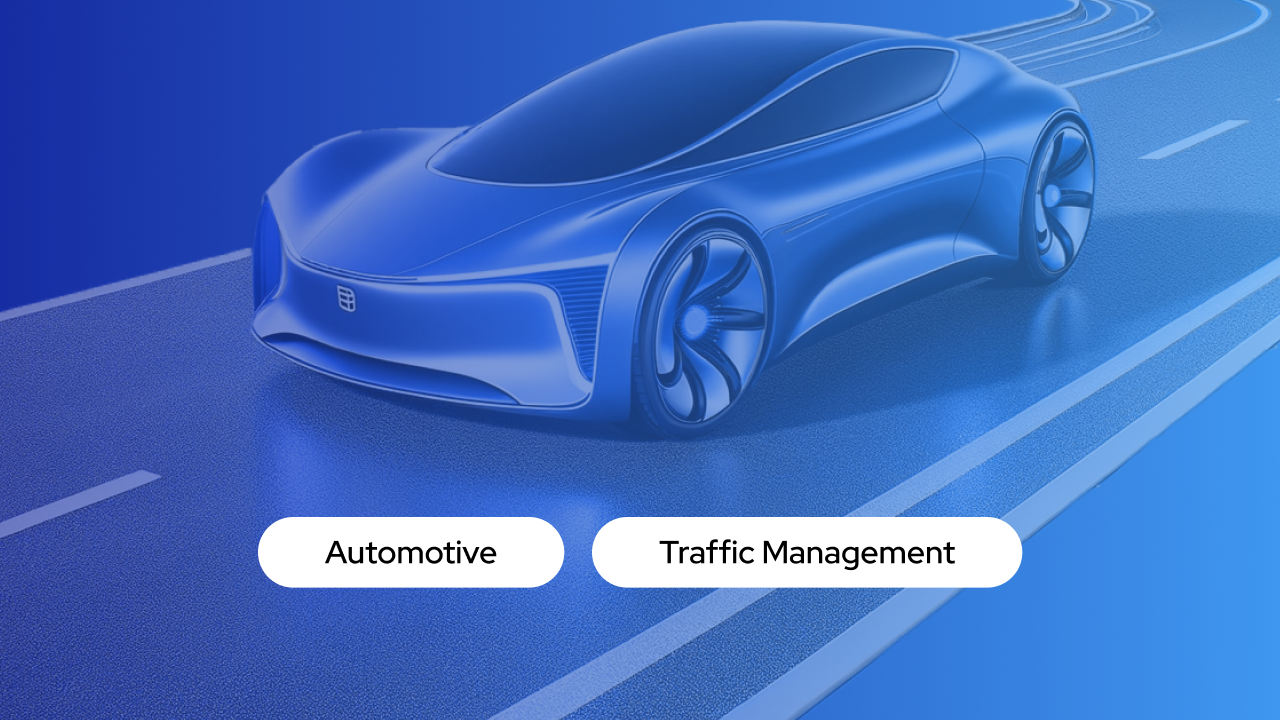Optimizing Traffic Flow with AI: A New Approach to Reducing Congestion and Pollution

Traffic congestion has emerged as a significant challenge, leading to loss of time, increased fuel consumption, environmental damage, and compromised road safety. The integration of Artificial Intelligence (AI) in traffic management presents innovative solutions to these longstanding issues.
Environmental Impact of Traffic
In urban settings, transportation is a major contributor to CO2 emissions, accounting for 40% of these emissions and 70% of other pollutants in the European Union. The difference in CO2 emissions between diesel and petrol cars is narrowing, indicating a need for more effective emission control strategies. In the United States, traffic is a major source of volatile organic compounds (VOC), nitrogen oxide (NOx), and carbon monoxide (CO). The European Union's goal to reduce vehicle emissions by 55% by 2030 highlights the urgency of this issue.
AI in the Automotive Industry
The rapid evolution of AI in the automotive sector is poised to significantly alter our interactions with transportation systems and vehicles, offering a potential transformation in the industry.

AI in Traffic Management: An Overview
Understanding Traffic Flow with AI
AI in traffic management involves gathering and analyzing data from diverse sources to identify traffic patterns, congestion points, and behaviors of road users. This information is vital for developing strategies to improve traffic flow and address congestion.
Optimizing Traffic Flow Using AI
AI uses various machine learning techniques to optimize traffic flow, including reinforcement learning for traffic signal timing, deep learning for predicting movements of vehicles and pedestrians, and optimization algorithms to reduce travel time, fuel consumption, emissions, and accidents.
AI Applications in Traffic Management
Global examples of AI in traffic management include Singapore's GLIDE, Barcelona's Urban Traffic Control, Los Angeles's ATSAC, and Beijing's City Brain project. These systems demonstrate AI's capability in enhancing traffic flow and response to traffic-related incidents.
Benefits and Challenges of AI in Traffic Management
AI offers numerous benefits, including reduced congestion, lower emissions, improved road safety, and enhanced transportation accessibility. However, it faces challenges such as data privacy concerns, the need for reliable performance in complex environments, transparency, ethical considerations, and compatibility with existing systems.
Traffic Engineering Software for Carbon Emission Reduction
Traffic engineering software tools like TransCAD, DynusT, and VISSIM are instrumental in analyzing traffic flow, demand, and emissions at various scales. These tools enable planners to devise strategies for reducing carbon emissions more effectively than AI in some scenarios.
Challenges and Considerations
Data Privacy and Security in AI Traffic Applications
AI's role in traffic management necessitates stringent data privacy and security measures. Ensuring compliance with laws like GDPR and CCPA and implementing security methods like multi-factor authentication and data encryption are crucial.
Ethical Decision-Making in AI
Maintaining ethical standards in AI operations requires a balance between human oversight and automated processes. This is crucial for AI's success in traffic management.
Conclusion
The successful implementation of AI in traffic management depends on the acceptance and trust of all stakeholders, including traffic personnel, planners, drivers, law enforcement, and the public. Building awareness and fostering trust through positive reinforcement and informed decisions are key to integrating AI effectively into traffic systems.




